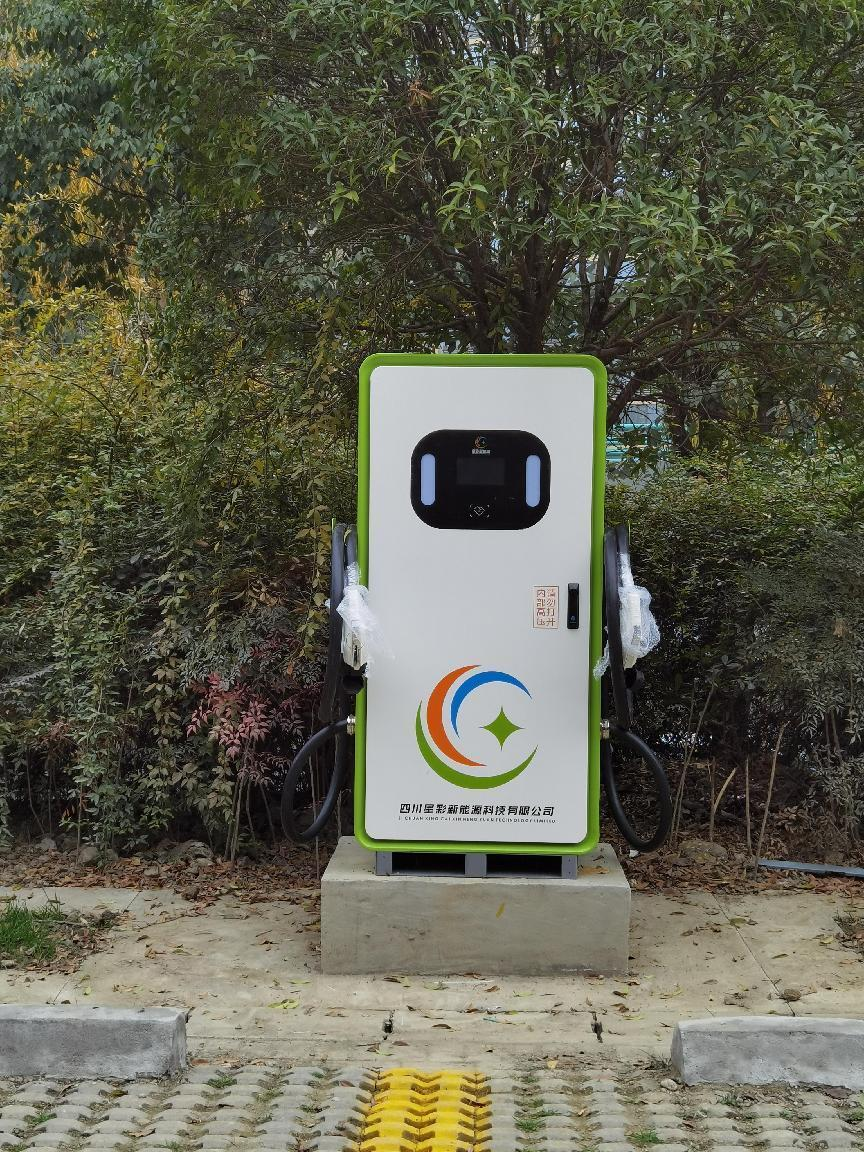AC (Alternating Current) and DC (Direct Current) charging stations are two common types of electric vehicle (EV) charging infrastructure, each with its own set of advantages and disadvantages.
Advantages of AC Charging Stations:
Compatibility: AC charging stations are compatible with a wide range of EVs because most electric vehicles have onboard AC chargers. This means that a single AC station can serve multiple types of EVs, making it more versatile and accessible.
Cost-Effective Installation: AC charging infrastructure tends to be less expensive to install compared to DC stations. This is because AC charging utilizes the existing electrical grid infrastructure more efficiently, reducing the need for costly upgrades.
Grid-Friendly: AC chargers are generally more grid-friendly than DC chargers. They draw power from the grid in a smoother and more predictable manner, reducing the risk of sudden spikes in demand and minimizing stress on the electrical grid.
Slower Charging: While AC charging is slower than DC charging, it is adequate for many daily charging needs. For EV owners who primarily charge at home or work and have ample time for charging, the slower pace may not be a significant drawback.
Disadvantages of AC Charging Stations:
Slower Charging Speed: AC chargers typically offer lower charging speeds compared to DC chargers. This can be a disadvantage for EV owners who require fast charging, especially on long trips.
Limited Compatibility with High-Power Charging: AC chargers are less suitable for high-power applications, making them less suitable for fast-charging stations along highways or in areas where quick turnaround times are essential.
Advantages of DC Charging Stations:
Faster Charging: DC charging stations provide much faster charging speeds compared to AC stations. They are ideal for EV owners who need rapid top-ups, making them essential for long-distance travel and busy urban areas.
High-Power Capabilities: DC chargers are capable of delivering high-power charging, which is crucial for quickly replenishing an EV’s battery. This feature is especially important for reducing downtime at public charging stations.
Compatibility with High-Capacity Batteries: DC charging is well-suited for EVs with larger batteries, as it can provide the necessary power to charge them quickly and efficiently.
Disadvantages of DC Charging Stations:
Higher Installation Costs: DC charging infrastructure tends to be more expensive to install than AC stations. It requires specialized equipment, such as transformers and inverters, which can drive up the overall installation cost.
Limited Compatibility: DC charging stations are often specific to certain EV models or charging standards. This can result in reduced versatility and accessibility compared to AC stations.
Grid Stress: DC fast chargers can put more strain on the electrical grid due to their higher power requirements. This can lead to increased demand charges for the charging station operator and potential grid issues if not managed properly.
In conclusion, both AC and DC charging stations have their own advantages and disadvantages. The choice between them depends on factors such as charging speed requirements, cost considerations, and compatibility with specific EV models. A balanced charging infrastructure often includes a mix of both AC and DC stations to cater to the diverse needs of EV users.
|
|
| Email:sale04@cngreenscience.comCompany:Sichuan Green Science & Technology Co., Ltd.Site:www.cngreenscience.comAddress:Room 401, Block B, Building 11, Lide Times, No. 17, Wuxing 2nd Road, Chengdu, Sichuan, China |
Post time: Sep-07-2023






